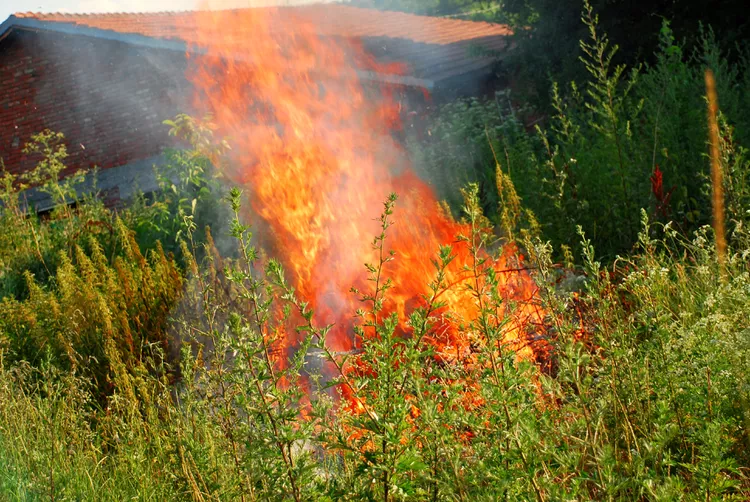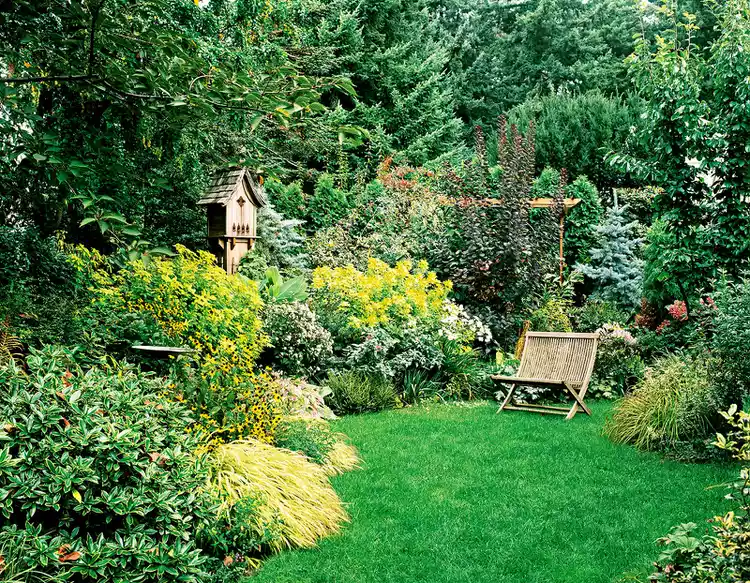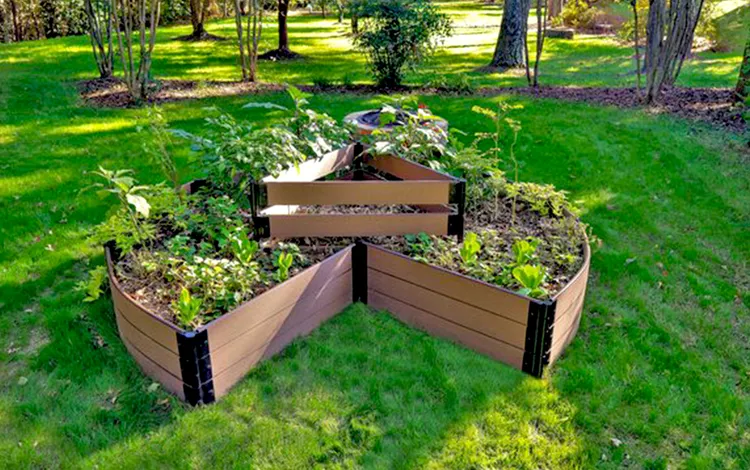Boxwoods are a classic and versatile addition to any landscape. Their dense foliage, evergreen nature, and ability to be shaped make them a popular choice for hedges, borders, and topiaries. However, there may come a time when you need to move or transplant an established boxwood on your property. Whether you're redesigning your garden, making room for new plants, or simply correcting a placement issue, it's important to do it the right way to ensure the health and appearance of the shrub.
### Understanding the Best Time to Transplant
Timing is crucial when it comes to transplanting boxwoods. The ideal time to move them is during their dormant season, which typically occurs in late fall or early spring. During this period, the plant is not actively growing, and its energy is focused on root development. Transplanting during dormancy minimizes stress on the boxwood and gives it the best chance of survival. Avoid transplanting during the hot summer months, as the heat can cause excessive stress and increase the risk of transplant shock.
### Preparing the Boxwood for Transplant
Before you start digging up the boxwood, it's important to prepare it for the move. Start by pruning the shrub to reduce its size and make it more manageable. Trim back any overgrown branches, removing about one-third of the plant's overall height and width. This will help reduce stress on the roots and make it easier to transport the boxwood. Next, water the boxwood thoroughly a few days before the transplant. This will help keep the roots moist and make them easier to dig up.
### Digging Up the Boxwood
When it's time to dig up the boxwood, use a sharp spade or shovel to carefully cut around the root ball. Start by making a circular cut about 12 to 18 inches away from the base of the plant. Then, dig down deep enough to get under the root ball and lift it out of the ground. Be careful not to damage the roots as you dig. Once the root ball is loose, gently lift it out of the hole and place it on a tarp or wheelbarrow for transport.
### Preparing the New Location
While the boxwood is out of the ground, it's important to prepare the new location for planting. Choose a spot that receives partial to full sun and has well-drained soil. Dig a hole that is twice as wide and just as deep as the root ball. Mix in some compost or organic matter to improve the soil's fertility and drainage. Then, water the hole thoroughly to help settle the soil.
### Transplanting the Boxwood
Carefully place the boxwood in the new hole, making sure it is centered and at the same depth as it was in its previous location. Fill in the hole with soil, gently tamping it down around the root ball to remove any air pockets. Water the boxwood thoroughly to help settle the soil and ensure good root-to-soil contact. Apply a layer of mulch around the base of the plant to help retain moisture and suppress weeds.
### Caring for the Transplanted Boxwood
After transplanting, it's important to give the boxwood proper care to help it recover and thrive. Water the plant regularly, especially during the first few weeks after transplanting. Keep the soil moist but not waterlogged. Fertilize the boxwood in the spring and fall with a balanced fertilizer to promote healthy growth. Prune the shrub as needed to maintain its shape and size. Monitor the plant for any signs of stress or disease, and take appropriate action if necessary.
### Conclusion
Transplanting an established boxwood can be a challenging but rewarding task. By following these steps and taking the time to prepare the plant and the new location, you can ensure the health and appearance of the shrub. With proper care and attention, your transplanted boxwood will continue to enhance your landscape for years to come.




















